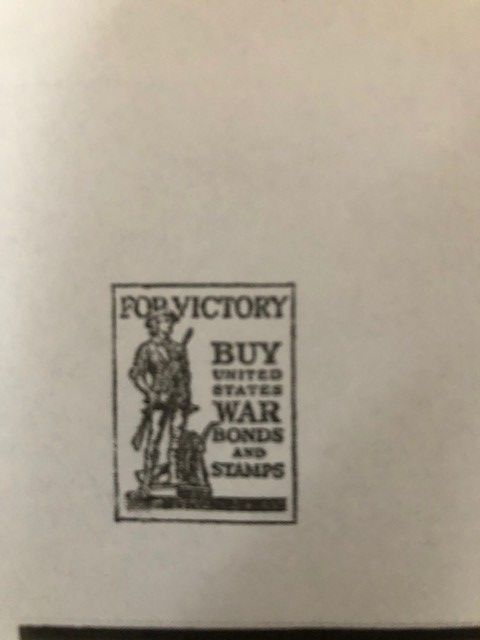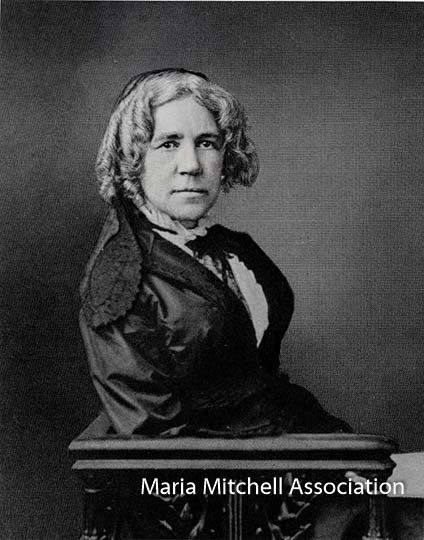The Nantucket Maria Mitchell Association and the National Science Foundation Fuel the Future STEM Workforce
Directors’ and Interns’ Representation at the American Astronomical Society Meeting
Nantucket, MA – On the occasion of the 241st American Astronomical Society (AAS) Meeting, and the 175th anniversary of the discovery of Miss Mitchell’s Comet, key directors and interns from the Maria Mitchell Association (MMA) of Nantucket Island, have journeyed to Seattle, WA to represent the MMA and present their work. Building on the legacy of Maria Mitchell, the first female American Astronomer, the Maria Mitchell Association offers STEM research and education opportunities to interns from across the country via their paid internship programs.
The research in astrophysics conducted by these interns while in residency at the Maria Mitchell Association will be presented at the AAS Meeting, supported in part by the National Science Foundation Research Experiences for Undergraduates Grant and the Maria Mitchell Association. The Maria Mitchell Association is actively recruiting interns for 2023 and beyond for paid positions, which includes summer housing on Nantucket Island. Over the past five years, four Maria Mitchell Association intern alumni have been awarded the prestigious Chambliss Astronomy Achievement Award for their research presentations at the AAS meeting.
Representees include:
Maria Mitchell Association Director of Astronomy, Dr. Regina Jorgenson, whose formative experience as an NSF-REU intern at the MMA helped inspire her to make a career out of her love for astronomy. Jorgenson encourages young people in STEM through the various MMA research, mentoring, and education programs, including the NSF-REU internship, a newly founded post-baccalaureate Bridge program supporting traditionally under-represetned groups in STEM, the Maria Mitchell Women of Science Symposium, and by sharing her love of science with the public via a bi-weekly NPR radio program and local newspaper column, Looking Skyward. She is currently serving on the American Astronomical Society’s Committee of the Status of Women in Astronomy.
Maria Mitchell Association Director of Science & Programming, Jónelle Gurley, who studied General Chemistry with a focus in Analytical Chemistry and performed undergraduate special project research in Environmental and Organic Chemistry. This allowed her to investigate the effects of Polychlorinated Biphenyl compounds on aquatic systems while designing a natural remediation technique that had less harsh implications on aquatic environments while learning about the cultural implications and mandates of doing business in different parts of the world.
Maria Mitchell Association Executive Director, Joanna Roche. Roche is a business development and branding expert, with more than twenty-five years of leadership experience in executive management, marketing, and operations, she is skilled in driving financial growth and brand engagement. Her connection to nature and to Nantucket through board service to the town and the community help to guide the future of the MMA.
Maria Mitchell Association Intern Kate Shavelle, Junior at Columbia University, studies Astrophysics and Art History. Her MMA research project tracks the merging of early galaxy clusters in a 3D simulation called IllustrisTNG. By comparing these computer-simulated objects to things in nature, she can test the accuracy of her models and better understand natural phenomena. Going forward, she hopes to use different simulations to see what can be learned about galaxy cluster mergers, and create different visualizations of the merging objects.
Maria Mitchell Association Intern Anavi Uppal, Junior at Yale University, studies Astrophysics. Her research focuses on galaxy black hole evolution. When galaxies merge with each other, their central supermassive black holes combine to form one even larger black hole. If certain conditions are met, this newly-combined black hole can get kicked out of the center of its galaxy. These off-center black holes can tell us a lot about galaxy and black hole evolution, so Anavi is creating a method to automatically find them in telescope data.
Maria Mitchell Association Intern Devisree Tallapaneni, Junior at Cornell University, studies Physics, Statistical Science, and Data Science in Astronomy. During the MMA REU program, she studied interstellar dust composition and distribution by looking at how dust grains alter the path of bright X-ray light. Interstellar dust, which is composed of tiny grains of carbon, silica, and other elements, is incredibly abundant in space and plays a large role in key processes like star formation, making it important for astronomers to study.
Maria Mitchell Association Intern Will Jarvis, Senior at University of Wisconsin - Madison, studies Astronomy and Physics. Will’s research focused on understanding how galaxies form in the early universe. He did this by detecting and studying the large reservoirs of gas that fuel star formation, called Damped Lyman alpha Systems, or DLAs. DLAs are detected in absorption in the spectra of more distant quasars and for this project Will used data taken on the largest ground-based, optical telescopes in the world. After his fifth-year of university, he plans to apply to graduate school, emphasizing multi-wavelength studies of Active Galactic Nuclei (AGN) and their impact on their host galaxies.
Maria Mitchell Association Intern Chris Chang, Senior at Willamette University, studies Physics with a minor in Archaeology. He developed a stellar evolution model of a multi-temperature, magnetically active star found in a unique class known as sub-subgiants. These are stars that are dimmer than both the giant and subgiant classes and redder than stars found on the main sequence. His experience at the MMA “made me realize I love astronomy and is something I want to pursue as a possible career”.
Maria Mitchell Association Intern Danya Alboslani, Junior at the University of Connecticut, studies Physics, Art and Astrophysics. She used 3D simulations of recurring explosions in the leftover cores of dead stars to analyze the effects that different explosion velocities have on the shape of the nova. She compared this data to observations from NASA’s Chandra X-ray Observatory. The MMA internship helped immerse her “in research, gain important skills, and develop the ones I already had in order to become a multifaceted scientist.”
About the Maria Mitchell Association:
The Maria Mitchell Association was founded in 1902 to preserve the legacy of Nantucket native astronomer, naturalist, librarian, and educator, Maria Mitchell. After she discovered a comet in 1847, Mitchell’s international fame led to many achievements and awards, including an appointment as the first American professor of astronomy at Vassar College. Maria Mitchell believed in “learning by doing” and today that philosophy is reflected in the MMA’s mission statement, programs, research projects, and other activities. The Maria Mitchell Association operates two observatories, a natural science museum, an aquarium, a research center and preserves the historic birthplace of Maria Mitchell. A wide variety of science and history-related programming is offered throughout the year for people of all ages.
###
For Immediate Release
January 9, 2023
Contact: Erin Holdgate, Marketing Director
Recent Posts




